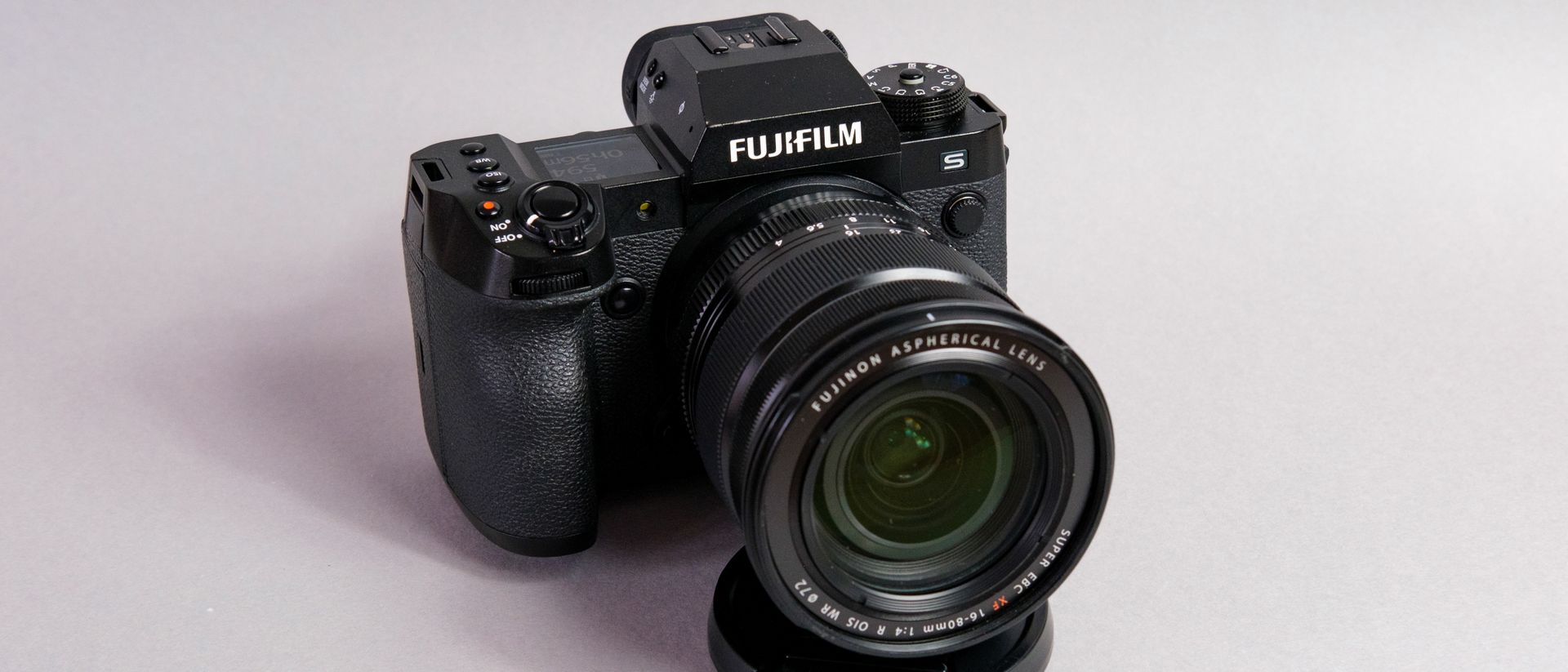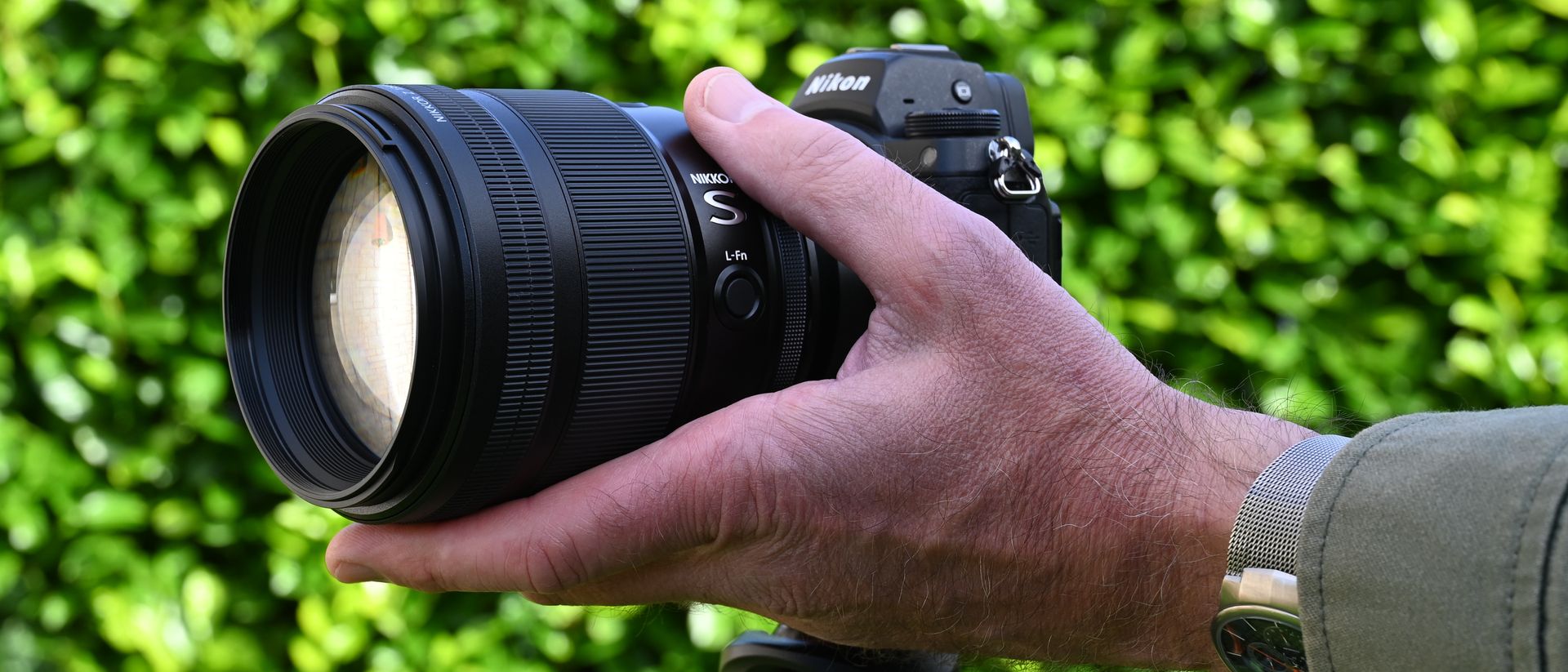Trade in Canon RF 16mm f/2.8 STM

(Image credit: Future)
Canon’s series of RF-mount cameras – beginning with the Canon EOS R and Canon EOS RP back in 2018 – were greeted enthusiastically by photographers. The acclaim became even more enthusiastic when Canon started releasing its range of superlative, pro-grade RF-mount lenses.
It’s been pleasing, though, since the launch of the R platform, to see a constant drip-drip of more affordable lenses, to go along with the likes of the RF 85mm f/1.2 and the RF 15-35mm f/2.8L IS USM. This month’s contestant: the RF 16mm f/2.8 STM – a wide field-of-view prime lens that weighs only 165g and costs just $300 / £300. That doesn’t make it an impulse purchase, exactly, but it does make it a fascinating proposition. So how does it fare?
We are Tradelectronics, licensed second-hand electronics dealer located in Sydney CBD, experts in trading used laptops, old cameras & lens, and used mobile phones. Fast, Reliable & We Pay More! Get a free quote on your favourite WhatsApp, Facebook, SMS & Email, instant reply!
| Click icon for WhatsApp Quote | Click icon for facebook Quote |
 |
 |
- We are open from Mon – Sat 12pm – 7pm
- Get your free quote from WhatsApp and Messenger are highly recommended, we can guide you through in finding the accurate specs for your laptops, cameras & lens, mobile phones as well. As such we can provide a more precise quote for you.
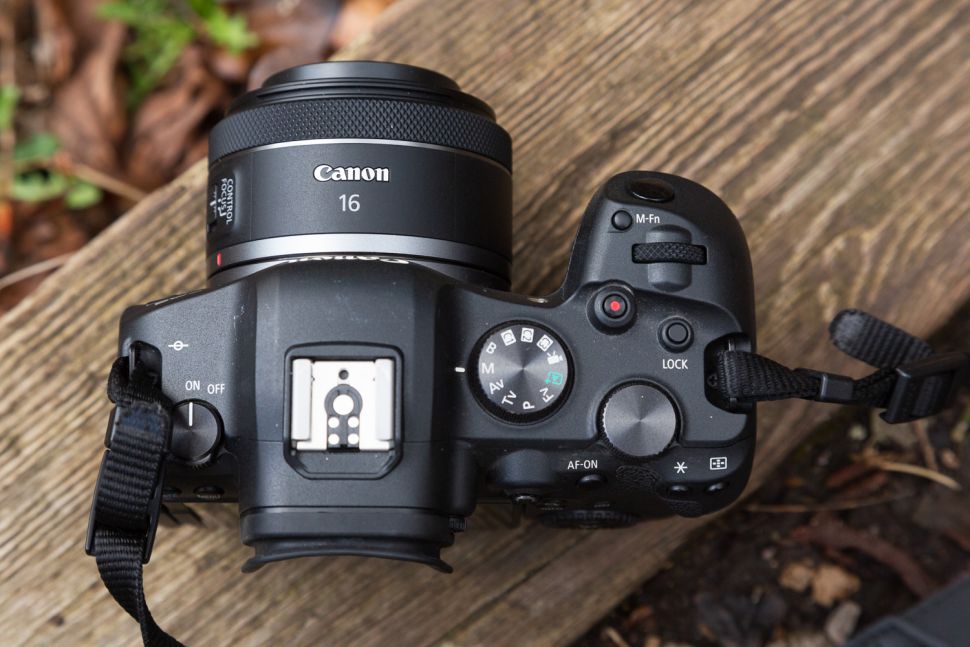
(Image credit: Future)
It really is a slip of a thing. Apart from weighing under 200g, it measures just over 4cm from end to end in its retracted state. Attach it to a camera and power it up and the lens of the barrel whirs smoothly outwards. Its diameter is only 69mm at its widest, which means this is a lens that will fit in all but the slimmest of trouser pockets. Attach it to an RF-mount camera and you’ll barely know it’s there. It isn’t weather-sealed, but it feels generally well made.
Features? Not really. At such a wide focal length, neither optical image stabilization nor a lens hood would do you much good, so you don’t get either. Don’t forget that all the EOS R-series cameras except the R and RP include IBIS. You do, natch, get autofocus, albeit of the Stepper Motor Variety rather than Canon’s all-beating Ultra Sonic Motor autofocus.
Controls on the body of the lens are also few and far between – there’s not so much as an AF/MF switch, so you’ll either need to be using back-button autofocus, or be familiar with your camera to be able to turn off autofocus via the menu. The closest the lens can focus is 13cm – with it offering that ultra-wide 16mm focal length there’s obviously not loads of magnification available, but you’ll be able to pull some interesting images out of rich textures and so on.
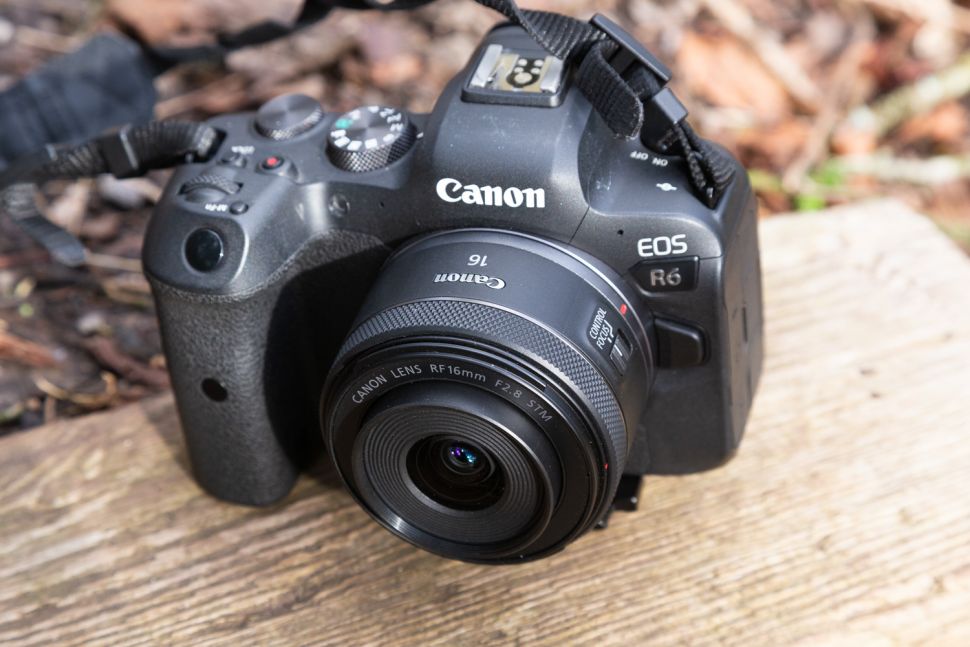
(Image credit: Future)
As with a number of other budget RF-mount lenses from Canon, the control ring on the front of the RF 16mm f/2.8 STM does double duty. By default it drives autofocus, but flicking the Control/Focus switch on the barrel of the lens turns it into a standard RF lens control ring, allowing you to shift parameters such as ISO.
It’s obvious why the ring is being asked to do two jobs – there just isn’t space for a control ring and a focus ring – but if your other RF-mount lenses have a control ring and a focus ring, we reckon you’ll miss having both. A further drawback is that the control ring doesn’t click as it turns, which makes accurate adjustments to things like aperture tricky.
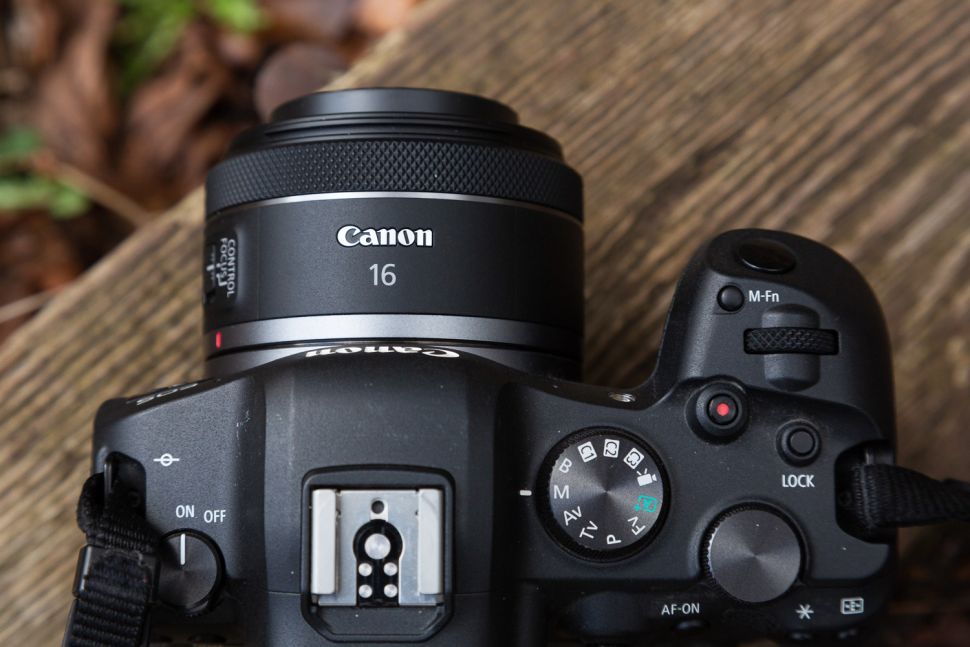
(Image credit: Future)
Still, it takes some lovely images. The autofocus system might not be the latest and greatest, but with the 16mm focal length giving you such a huge circle of confusion, getting your images sharp happens in less than the blink of an eye. Shoot it wide open and you’ll be rewarded with some impressively sharp shots; we fancied that f/6.3 was pretty much the lens’ sweet spot for overall sharpness, which is still pretty bright.
There are weak points. Vignetting was present in our test images up to f/11, and was particularly horrible at f/2.8, with the furthers corners of our images virtually black. Stopping the aperture down alleviated the problem somewhat, with shutter speed or ISO the obvious casualties. Sharpness also suffered towards the corners.
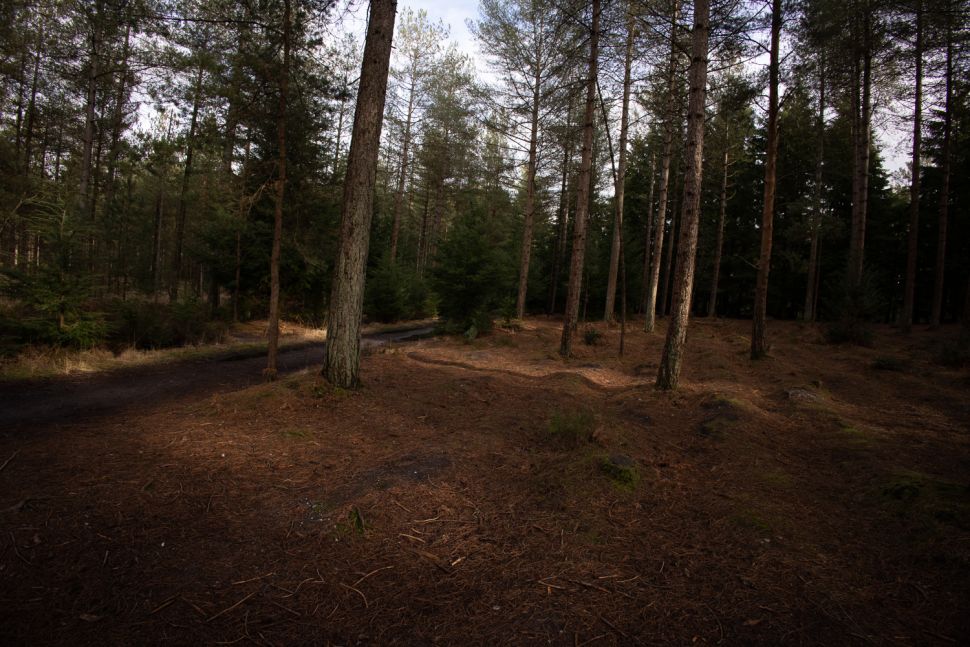
(Image credit: Future)
Chromatic aberration is the next problem, which was pronounced whenever we had high-contrast edges towards the corners of our images. In actual fact, ‘corners’ doesn’t quite describe just how far into an image we saw chromatic aberration – in some of our worst affected images we saw purple fringing as far as a fifth of the way into the frame.
It’s not just a problem at large apertures, either – we got problems at f/8. Using Lightroom’s built-in profile for this lens didn’t help much – we needed to resort to the manual Defringe tool, although this did successfully remove the problem. In fairness, chromatic aberration is something you’ll only see on images with high-contrast edges towards the corners of your images, so you won’t be dealing with it every time, but it’s definitely a weak spot.
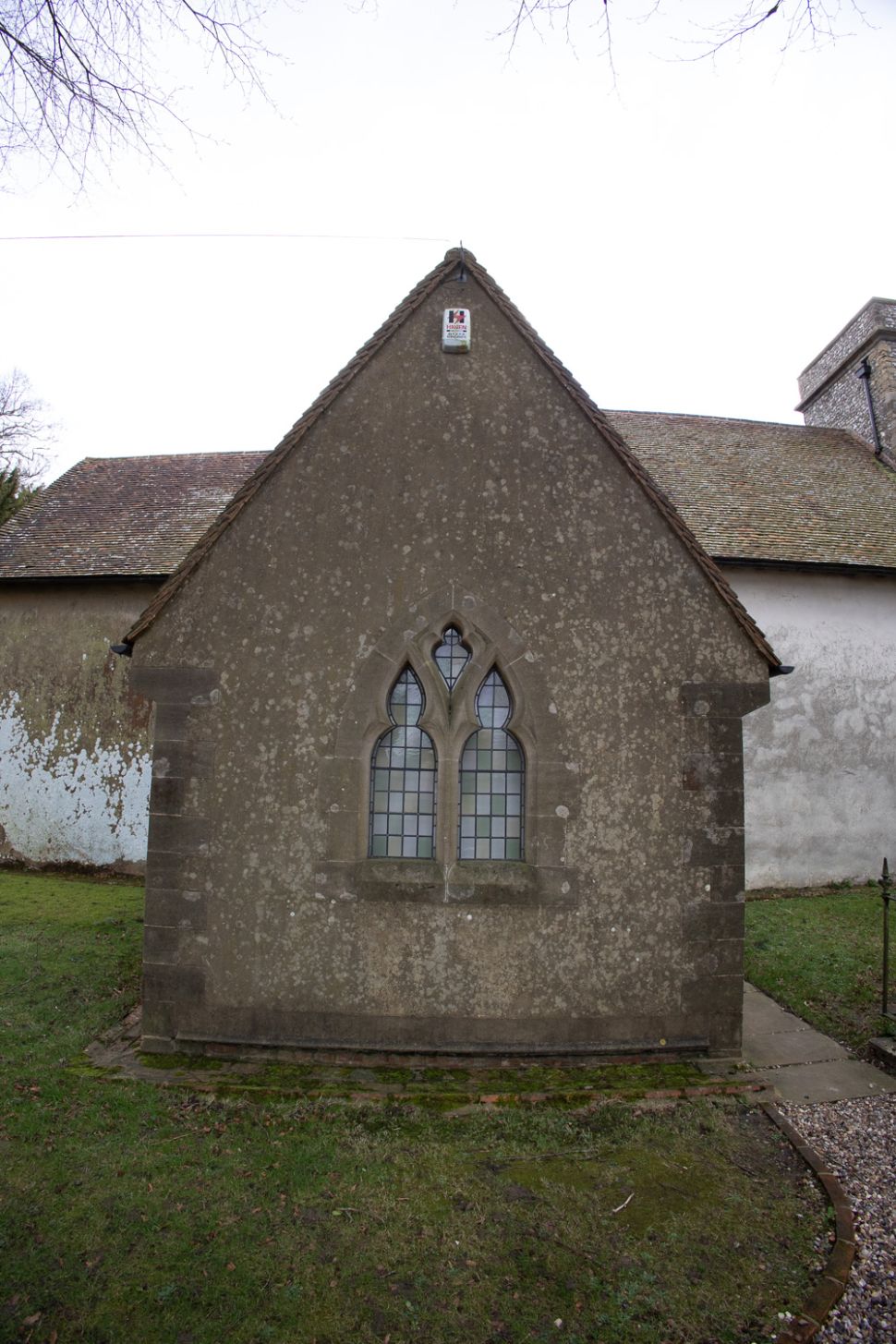
(Image credit: Future)
A final word has to be reserved for the lens’ geometry, which while not bad, isn’t perfect – there’s a fair bit of barrel distortion. As with vignetting and purple fringing, this is something even a barely-competent photo editor will be able to sort more or less invisibly, but it’s worth bearing in mind that your images might need a touch more editing before they’re shareable.
Of course, you have to balance out the extra editing time with how fun this lens is to use – it really doesn’t weigh anything, and its bright aperture and wide focal length combine to make it a really fun lens for street photography. It also has obvious landscape photography applications, and it’s easy to imagine doing the confetti run at weddings. If you’re after something wide, sharp and bright you are simply not going to do better on the RF mount for this kind of cash.
That’s not to say there aren’t alternatives. If the idea of battling that small amount of edge softness and purple fringing is putting you off, remember that Canon already makes a number of pro-spec lenses for the RF mount at this focal length. At the high end is the RF 15-35mm f/2.8L IS USM, or the rather cheaper and infinitesimally wider RF 14-35mm f/4L IS USM. At the lower end of the market you should consider the Canon RF 35mm f/1.8 Macro IS STM, which doesn’t have the ultra-wide credentials of the 16mm, but is arguably the better choice for street photographers, as well as offering ultra-close (17cm) focussing and built-in image stabilization.
Should I buy the Canon RF 16mm f/2.8 STM?
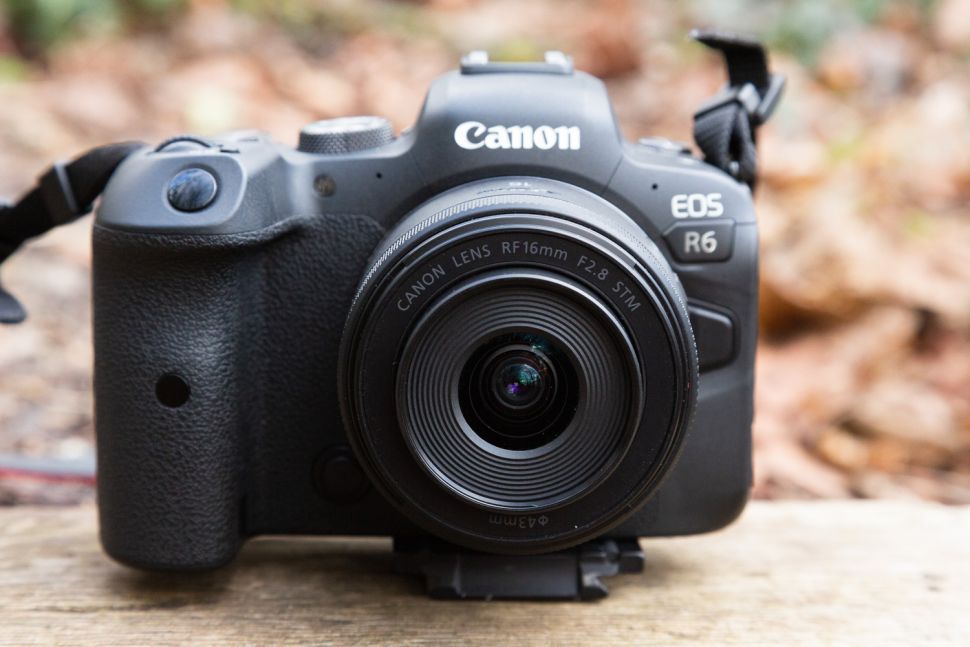
(Image credit: Future)
Buy it if…
Don’t buy it if…
Source: Techradar

